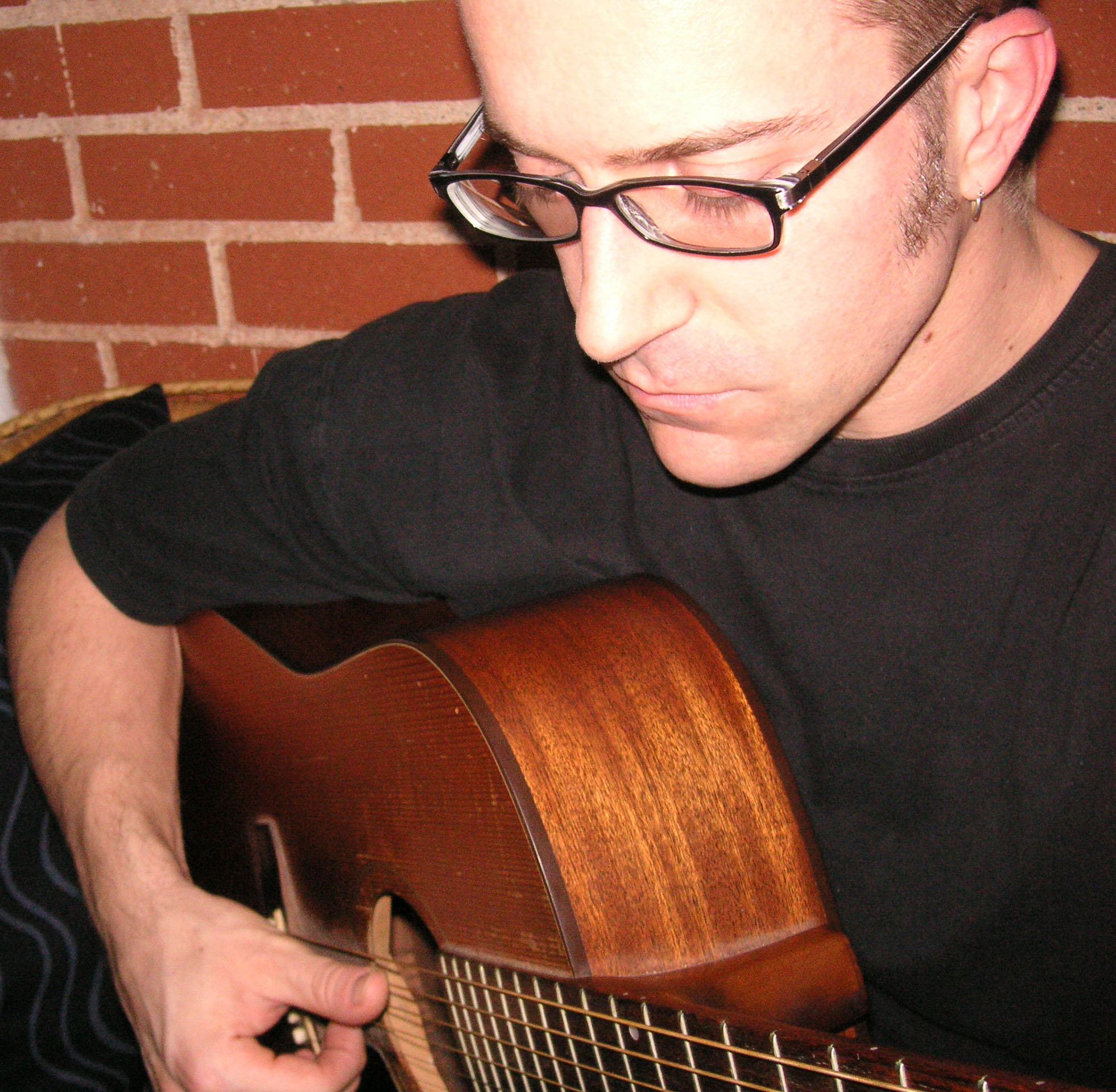Hole Notes: Pete Townshend's Energetic Acoustic Rhythm Style

Pete Townshend is a killer tunesmith who has penned such rock classics as “My Generation,” “Baba O’Riley” and “Won’t Get Fooled Again.” But the Who guitarist and band leader is also among the most skilled and influential rock rhythm players in history.
By the late Sixties, Townshend’s unique riffing approach on both electric and acoustic had earned him praise from legends like Jimi Hendrix and Eric Clapton. His early use of power chords and overdrive also provided the blueprint for the chording styles of metal and hard rock. In addition, the ultra-flamboyant showman pioneered onstage theatrics like “windmilling” and guitar smashing, and popularized noisemaking methods like controlled feedback and pick scrapes.
In this lesson, we’ll tip our hat to Townshend by looking at some of his high-energy acoustic riffs—passages featuring super-quick flamenco-flavored strums, suspended chord shapes, open-string drones and more—which he executed on such classic instruments as a Gibson J-200 or a Martin D-18.

Before we delve into Townshend’s maniacal strumming style, let’s explore some user-friendly examples, similar in approach to what is heard on the Who cuts “Magic Bus” and “Substitute.” In these songs, Townshend shifts the fretted notes of an open D chord, as seen in FIGURE 1, strummed in percussive fashion, to different positions on the neck while the fourth string rings open throughout. This is illustrated in FIGURE 2. Pick all notes with downstrokes and, immediately after you strum each movable D-chord fragment, choke it by relaxing your fret-hand’s grip, so that each chord rings with a very short duration. You can fully cop Townshend’s touch by digging in harder with your pick each time you see an accent mark (>) above the tab.

In songs like “Dr. Jimmy” and “I Can See for Miles,” Townshend takes an approach similar to the above, only with the open E chord shown in FIGURE 3. Moving this chord’s fretted notes up/down the neck while allowing the open low E, B and high E strings to ring yields rich, exotic sounds, as shown in FIGURE 4. This example also features another signature Townshend device: anticipatory strums—double strumming a chord half a beat before the rest of the band joins on the downbeat, to generate musical momentum.

This lesson’s remaining examples are modeled after songs from the Who’s Tommy and feature Townshend’s trademark quick strums. FIGURE 5, modeled after parts heard in “Overture” (Tommy’s opening track), is played in first position and involves 16th-note-triplet strums of open G, C and D shapes. Pick the bottom notes of each chord with a downstroke, then quickly strum the higher strings following the picking instructions above the tab. To achieve Townshend’s explosive, rapid-fire strum (envision the sound of a marching band’s snare drum), pick with a relaxed wrist—arching it to maximize rotation ability—and loosen the grip on your pick so that it slices across your guitar’s strings with minimal resistance.
Modeled after “Pinball Wizard,” FIGURE 6 features 16th-note strums of fully fretted Asus4 and A shapes. Note that these voicings require “thumb fretting” on the sixth string. As Townshend strums steady 16th notes, it’s his accenting pattern that gives this passage its recognizable groove. FIGURE 7 combines all the techniques and approaches covered in this lesson and ends with an open D5 riff reminiscent of other acoustic moments heard in Tommy’s “Overture.”
All the latest guitar news, interviews, lessons, reviews, deals and more, direct to your inbox!
For more on the guitar genius of Pete Townshend, pick up the The Who - A Step-by-Step Breakdown of the Guitar Styles and Techniques of Pete Townshend book from Hal Leonard in the Guitar World online store.
A singer-songwriter/multi-instrumentalist/film composer, Musician's Institute instructor, and author of 50+ transcription/instructional books, Dale Turner is also Guitar World's "Hole Notes"/"Acoustic Nation" columnist, and the former West Coast Editor of Guitar One magazine. Some of Dale’s old, weird, rare, and/or exotic instruments are featured in his score for WEEDS, the first animated short completed within the Filmmakers Co-op at Disney Feature Animation. His most recent CD, Mannerisms Magnified, was praised by Guitar Player magazine for its "Smart pop tunes that are crammed with interesting guitar parts and tones ... Like what the Beach Boys might do if they were on an acid trip that was on the verge of getting out of control. Yeah!"

